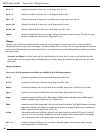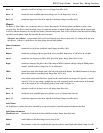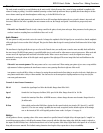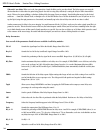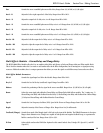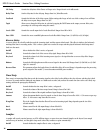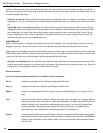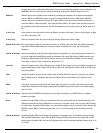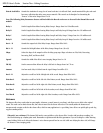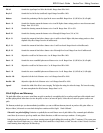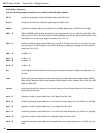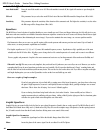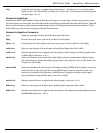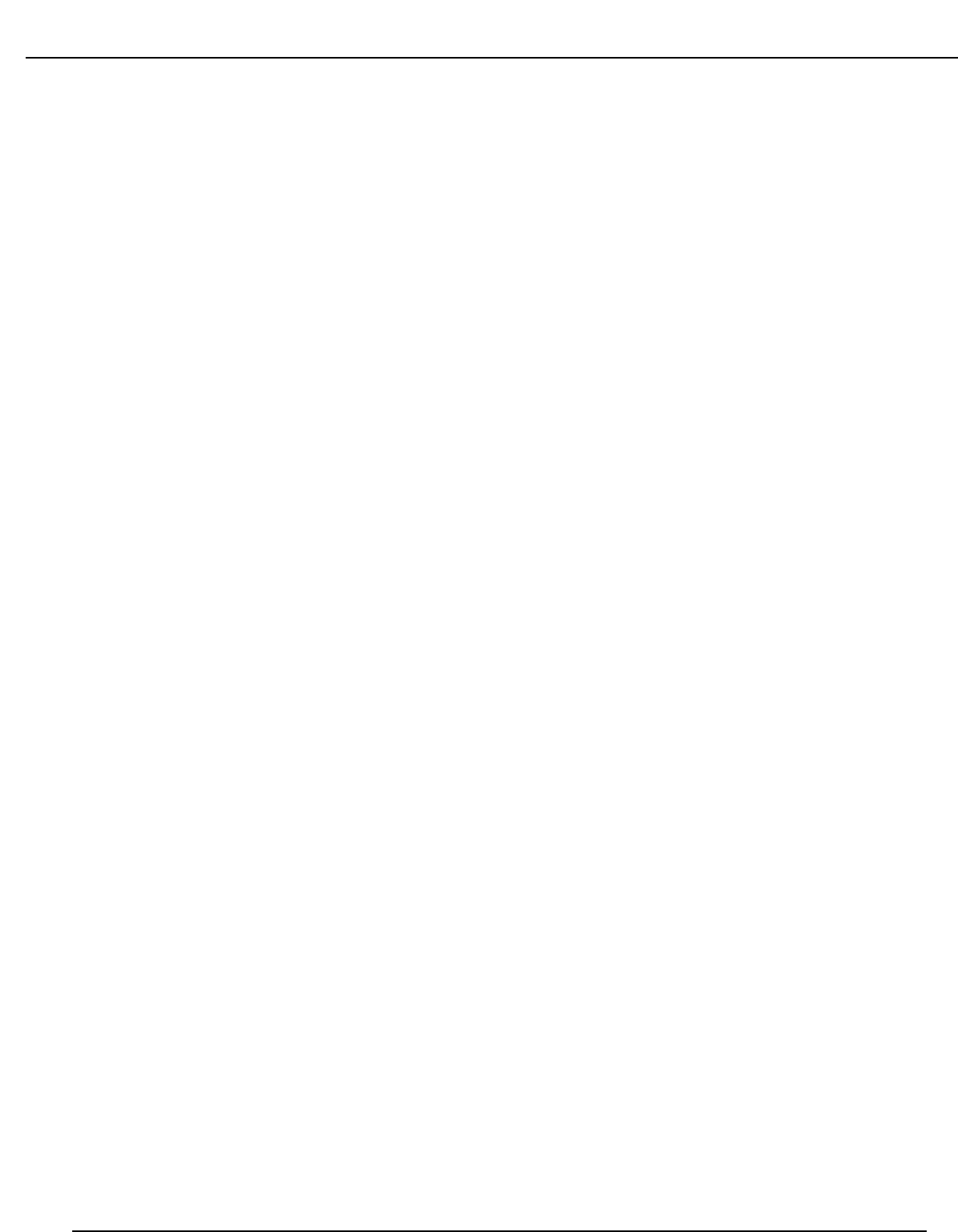
Reverb
Real life reverberation is the result of sound reflecting off surfaces in a room or hall. It can best be described as millions of small echoes
that decay over a period of time. The size of the room, the surface type of the walls, or the carpet on the floor all contribute to the way real
reverberation behaves and sounds.
When do I use Reverb? When recording in the studio, nearly always. Many guitar tracks, for example, are recorded in a very sterile
environment (i.e. very dry), but adding reverb can add lush depth to any guitar track and you can get those great sounds in the Studio or
Live.
Why should I use stereo reverb? Digital Effects such as Chorus and Delay produce stereo imaging type effects. Stereo reverb helps
maintain that original stereo image. But don't forget that millions of hit recordings were made using mono input reverbs that created a
stereo output image. The theory is that sound generally originates from one point in a room, so mono often works just fine. The rule?
Don’t get caught using too much reverb on your guitar in live situations. Even if the room is small, it still produces some reverb. Too
much makes the guitar go away. Let it compliment the room.
Gated Reverb
Gated reverb doesn't behave as naturally as the standard varieties of reverb. Originally, it was created by taking a long, dense reverb and
chopping it short with a noise gate. This made for a burst of reverberation energy that could help thicken up a variety of sounds.
Digital signal processing techniques improved and soon allowed ways to create similar gated reverb sounds that were far more usable and
flexible. Today's gated reverb doesn't get gated at all, it just sounds like it does. It is actually a large burst of delay taps that create the gated
reverb sound. This allows you to chose the length of the effect along with different slope shapes.
When do I use Gated Reverb? Using a Gated Reverb in a multi-effect guitar application is ideal for producing unusual special effects.
Using the Gated reverb can produce a very rich and intense and ambience which can thicken up a guitar tone in many ways . This type of
reverb is also ideal for producing an effect that is similar to backward masking.
Reverb Parameters:
Note: Not all of the parameters listed below are available in all Reverb modules.
FX: Lvl Controls the signal input level fed to the Module. Ranges from Off to 100%.
Dry: Lvl Controls the level of the dry (uneffected) signal. Ranges from Off to 100%.
Balance Controls the left/right positioning of the dry signal in the stereo soundfield. Ranges from -99 (all left) to 99 (all
right).
Type Selects the reverb type. Each room type has a different decay range (just as real rooms do), so changing TYPE also
changes the decay time of the room. Types are: Studio Room, Wood Room, Vocal Plate, Concert Hall, Plate Reverb,
Chamber, Cathedral, Arena, Cement Shelter, and Infinite Spring (for Reverbs), and: Flat, Shelf, Decaying Linear,
Decaying Logarithmic, Decaying Exponential, Decaying Sine, Reverse Linear, Reverse Logarithmic, Reverse
Exponential, Reverse Sine, Peaking Linear, and Peaking Exponential (for Gated Reverbs).
Density Controls the number of discrete room wall reflections during the early portions of DECAY. Higher settings produce
more reflections while low settings yield fewer initial wall echoes. Use this control in conjunction with DISPERSION
to build or reduce the thickness of early reflection clusters heard near the beginning of the reverberation. Ranges
from 0% to 99%.
38
RP21D User’s Guide Section Two - Editing Functions



